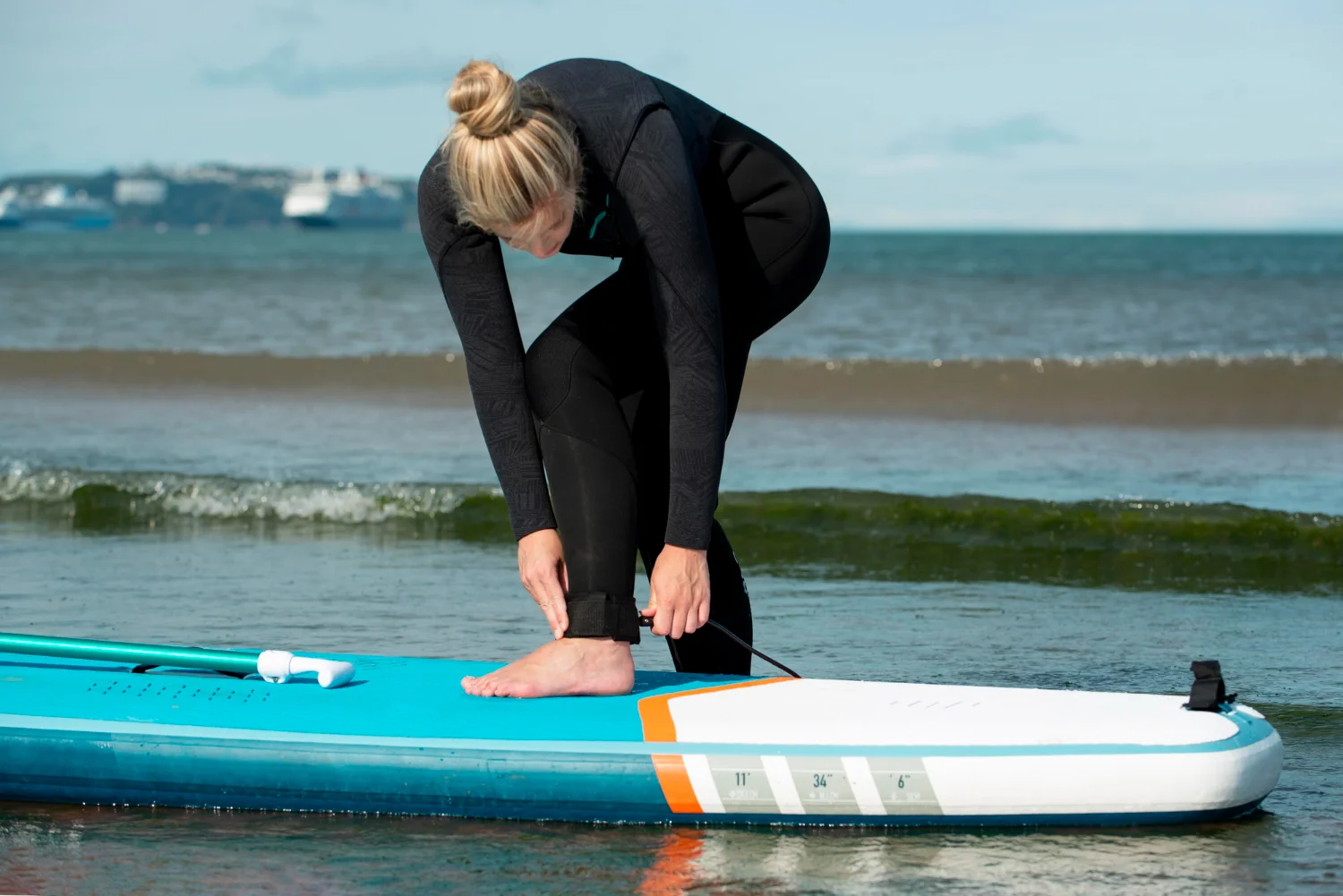Introduction: The First Wave of Your Surfing Journey
Imagine standing at the water’s edge, the ocean waves crashing rhythmically, as you prepare to glide over them. For many beginners, the thought of surfing can seem daunting, but the right surfboard can make all the difference. Choosing the best surfboard for beginners is the first step in ensuring a successful start to your surfing adventure, and it’s also a crucial aspect of your safety. As you paddle out for the first time, having the right equipment underneath you not only makes each wave feel like a new opportunity, but also provides a sense of security and confidence in your learning process.
What Makes a Good Surfboard for Beginners?
Stability and Size: A Key Consideration
For those new to surfing, stability is crucial. A surfboard for beginners should provide a wide platform, making it easier to balance and stay afloat. The most popular choice for beginners is a longboard, which typically ranges from 8 to 9 feet in length. Its longer design helps with stability and gives more surface area to stand on, especially in the early days of learning. A wider board, with its larger surface area, also provides more buoyancy, which is essential for beginners catching their first waves.
Material and Durability
When selecting a surfboard for beginners, the material is equally important. Foam boards, often used by newcomers to the sport, are an excellent option. Not only are they lightweight and easier to carry, but they also offer a softer surface that reduces the risk of injury when you inevitably wipe out. Plus, foam boards are more durable and resistant to dings than traditional fiberglass boards, making them ideal for beginners who are still learning how to handle their equipment.
How to Choose the Right Surfboard for Beginners
The Importance of Board Shape
One aspect that beginners often overlook is the shape of the surfboard. A surfboard for beginners usually comes with a round nose, a feature that plays a significant role in preventing the board from diving under the water when paddling. This type of nose shape makes it easier to catch waves and maintain a steady pace, even when you’re just starting. Additionally, boards with a flat bottom provide greater stability, which is a significant advantage for beginners.
Volume Matters: Finding the Right Fit
When considering the right surfboard for beginners, one of the most important aspects is the board’s volume. Volume, which refers to the amount of foam in the board, plays a significant role in flotation. Beginners generally need a surfboard with more volume, as it helps them paddle more easily and catch waves with less effort. The correct volume for you will depend on your weight and skill level, so it’s essential to seek advice from an experienced surfer or shop staff to ensure you select a board that suits your needs.
Common Mistakes Beginners Make When Choosing a Surfboard
Choosing a Board That’s Too Small
A common mistake that many beginners make is opting for a surfboard that’s too small, thinking it will help them perform tricks or maneuvers quickly. In reality, a small board is more rigid to balance on and will make catching waves much more difficult. It’s essential to stick with a larger, more stable surfboard for beginners, such as a longboard or soft-top board, to ensure a smoother and more enjoyable learning experience.
Underestimating the Need for Proper Equipment
Another common mistake is underestimating the importance of additional equipment, such as a leash. A leash is a vital accessory for safety, as it keeps the surfboard attached to you, preventing it from drifting away when you wipe out. Many beginners neglect to wear a leash, often finding themselves chasing after their board in the waves, which can be both exhausting and dangerous.
Surfboard for Beginners: Taking Care of Your Equipment
Proper maintenance is not just a chore, but a responsibility that you should take seriously to make your surfboard last. After each session, rinse your board with fresh water to remove salt and sand, as these elements can cause wear and tear over time. Also, always store your board in a cool, dry place, as extreme temperatures and direct sunlight can damage the material. If you’ve opted for a foam board, it’s essential to keep it away from sharp objects that could puncture or dent the surface. By committing to these maintenance practices, you’re ensuring that your surfboard will be with you for many more enjoyable surfing experiences.
Conclusion: Embrace the Waves with Confidence
Choosing the right surfboard for beginners sets the stage for a lifetime of enjoyable surfing experiences. Remember, stability, size, shape, and volume are the key factors to consider when selecting your first surfboard. By understanding these elements, you’ll feel more confident as you paddle out for your first waves. With a proper surfboard under your feet, you’ll be able to focus on learning and enjoying the sport, rather than worrying about balancing or falling off. So, grab your surfboard for beginners, hit the waves, and let your surfing journey begin!



